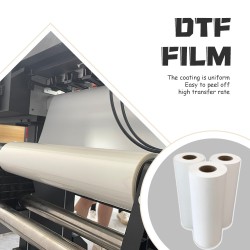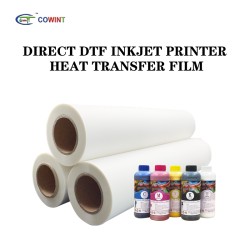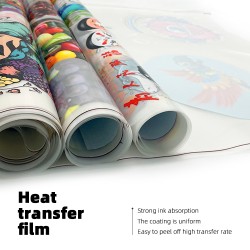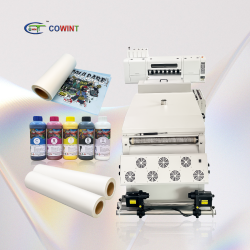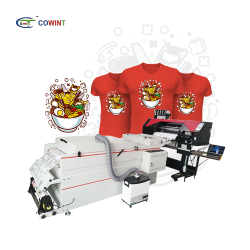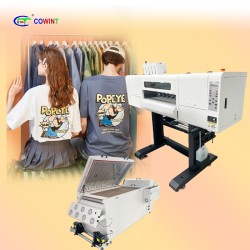In pigment printing, in order to transfer pigments, chemical additives, etc. to textiles and obtain clear patterns, the printing paste should have a certain consistency, which requires adding a thickener to the color paste.
Pigment printing is different from dye printing. The thickener used should have good printing performance, and can adjust the consistency and viscosity of the printing paste at will, so that the printed pattern outline is clear, non-bleed, and the printing is uniform; The colorless and transparent film formed by the mixture has no effect, that is, it has no effect on the coloring of the paint, so as to ensure the color supply and the vividness of the color; its solid content should be low, after the printing and drying, the solvent volatilizes and remains on the textile. Very little solid, does not affect the hand feel, and has good color fastness.
In pigment printing, natural paste has been used as a thickener, but there are disadvantages such as low color yield, poor fastness, high solid content and hard hand feel. Pigment printing has developed rapidly since the application of emulsified paste to pigment printing. It has the outstanding advantages of high color supply, soft hand feel, non-bleeding, easy removal, and short process. However, this thickener contains A large amount of kerosene volatilizes into the atmosphere after printing, which pollutes the environment and wastes energy. In recent years, synthetic thickeners (ie, synthetic pastes) have been widely used in paint printing. They are used in small amounts and have good thickening effects. They can not only replace emulsified pastes, overcome the disadvantages of using emulsified pastes, but also have excellent printing effects. It is the development direction of the application and development of thickener for pigment printing in the future.
 +8615820889696
+8615820889696 Info@cowint.com
Info@cowint.com



